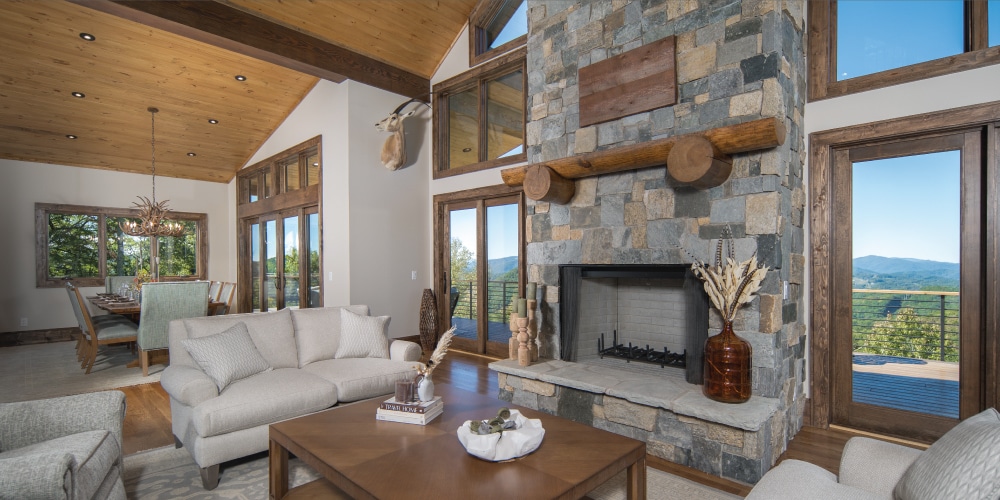Designing a residential property is a big task with all kinds of distinct factors to consider beyond the limits of commercial construction. On top of demanding superior levels of comfort and ergonomics, a home is an extension of its owner.
The vision is uniquely personal and central to the entire process of residential home design.
From conceptualization to the finishing touches of construction, the process of residential home design is a complex and multi-faceted journey. If you’ve got a homebuilding project on the horizon, here are a few of the central steps of the process to help you understand the road ahead.
Consulting for Success
The first step in residential home design is the initial consultation between the prospective homeowner and the professional design team. During this meeting, you’ll have the chance to share your entire vision, from your minor preferences to all-out necessities for the project.
Once you’ve drawn up your criteria for success, the plans you create here will serve as the foundation for the design process moving forward.
Developing Your Concept
After the initial consultation is completed to everyone’s satisfaction, the design team can begin the official process of conceptualizing the home design.
This often starts with rough sketches, detailed floor plans, and eventual 3D renderings that capture the essence of the description you provided. Working closely with your team, you’ll refine the concepts until they fit perfectly with the hopes you have for a stunning new home.
Refining Your Design
With the initial concepts in hand, the design team can finally refine them to completion, paying close attention to every detail to make sure it aligns with your wants, needs, and budget.
This stage involves everything from adjusting the layout to selecting materials for floors and finishes. Plus, an experienced designer can recommend some innovative design solutions to enhance both the aesthetics and functionality of your new home.
Getting Things Approved
With the design finalized and ready to implement, the next step is to obtain necessary permits and approvals based on the local regulations. There are things like building codes and zoning regulations that, while occasionally complicated, are vital for the safe (and legal) procedure of your residential home design project.
If you’re not sure about the regulations imposed by your local government, just ask your design team. They’ll have a better understanding of all the boxes that need to be checked.
Documenting Practices
With the design completed and approved, your design team can prepare detailed documentation of the construction process, including architectural drawings, structural plans, and other specifications. These will act as your blueprints for the construction itself, giving contractors the insights they need to bring your vision to life.
Administering Construction
This is it — the step you’ve been waiting for and (forgive the pun) building toward. Here, your design team will oversee the construction process, ensuring every detail is executed with precision and challenges are promptly addressed along the way.
This typically involves regular site visits, careful coordination with contractors, and adjusting the plans in minor ways to ensure a smooth progression over any obstacles.
Experience Residential Home Design With VPC Builders
Navigating the complexities of residential home design demands specialized expertise, innovative creativity, and careful attention to detail. Here at VPC Builders, we’ve made these qualities the foundation of everything we do. With a team of expert designers and a track record of superior quality, we’re the go-to builders to bring your project to life.
Want to know more about our industry-defining design practices? Contact VPC Builders today.

